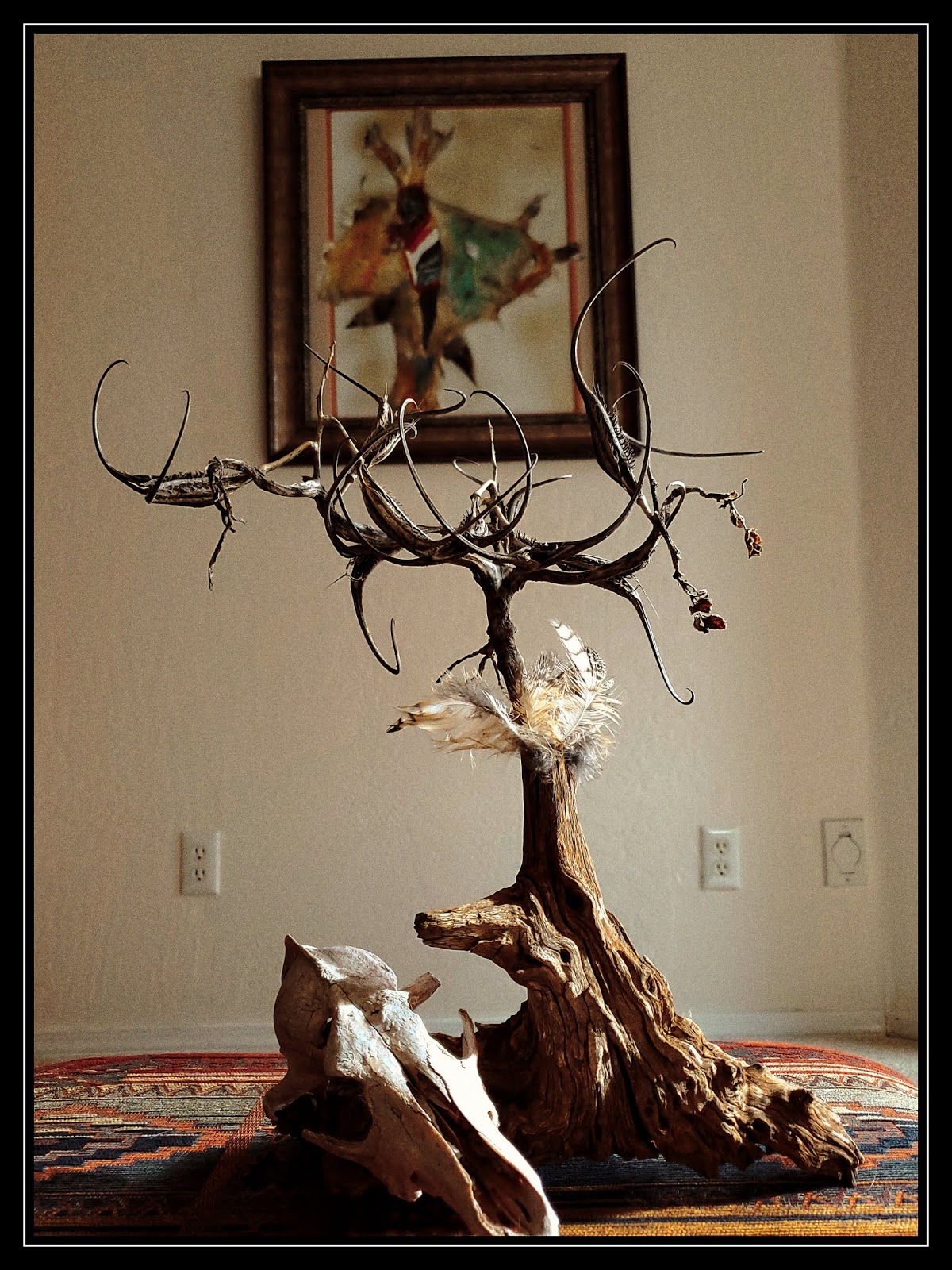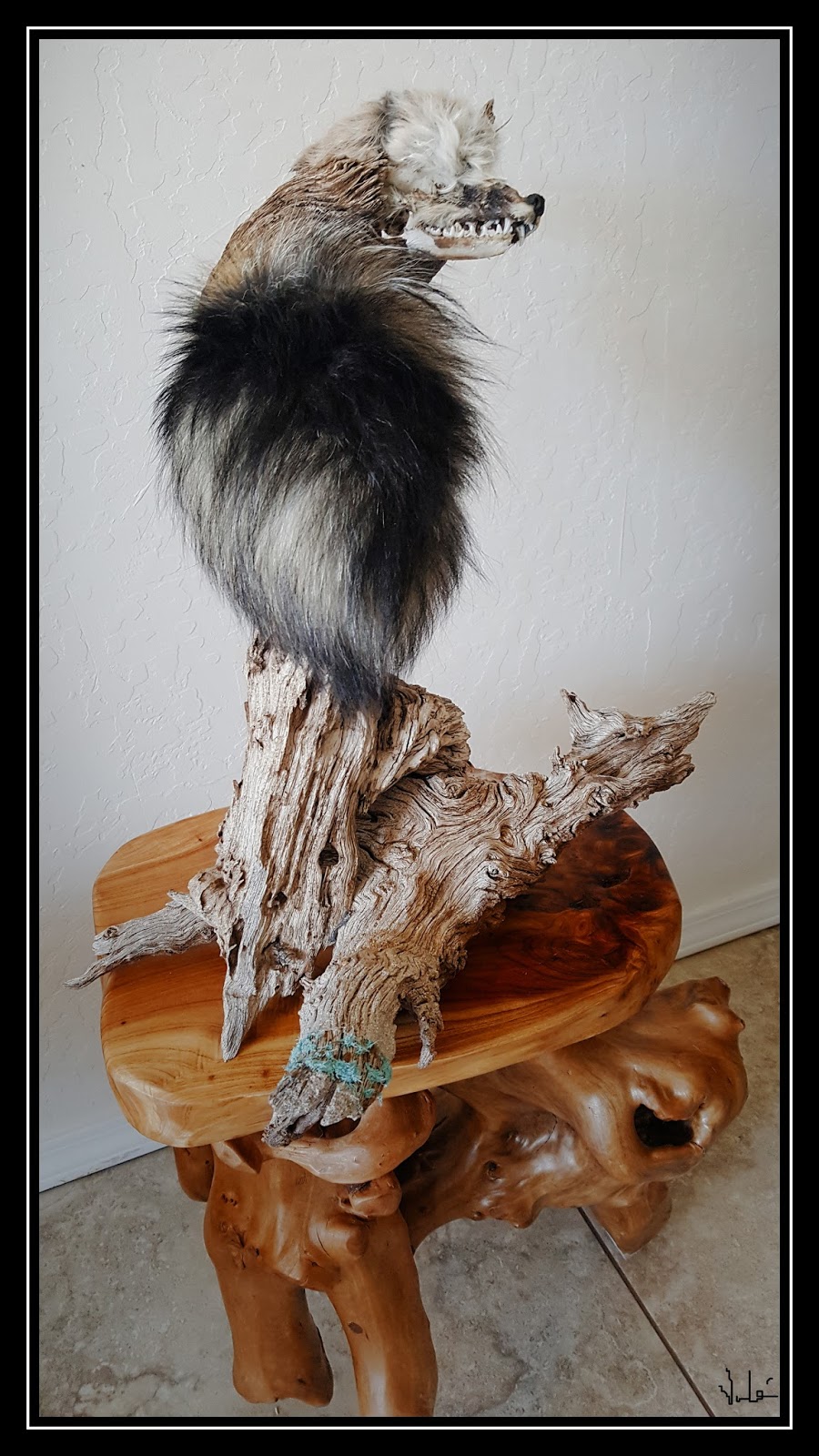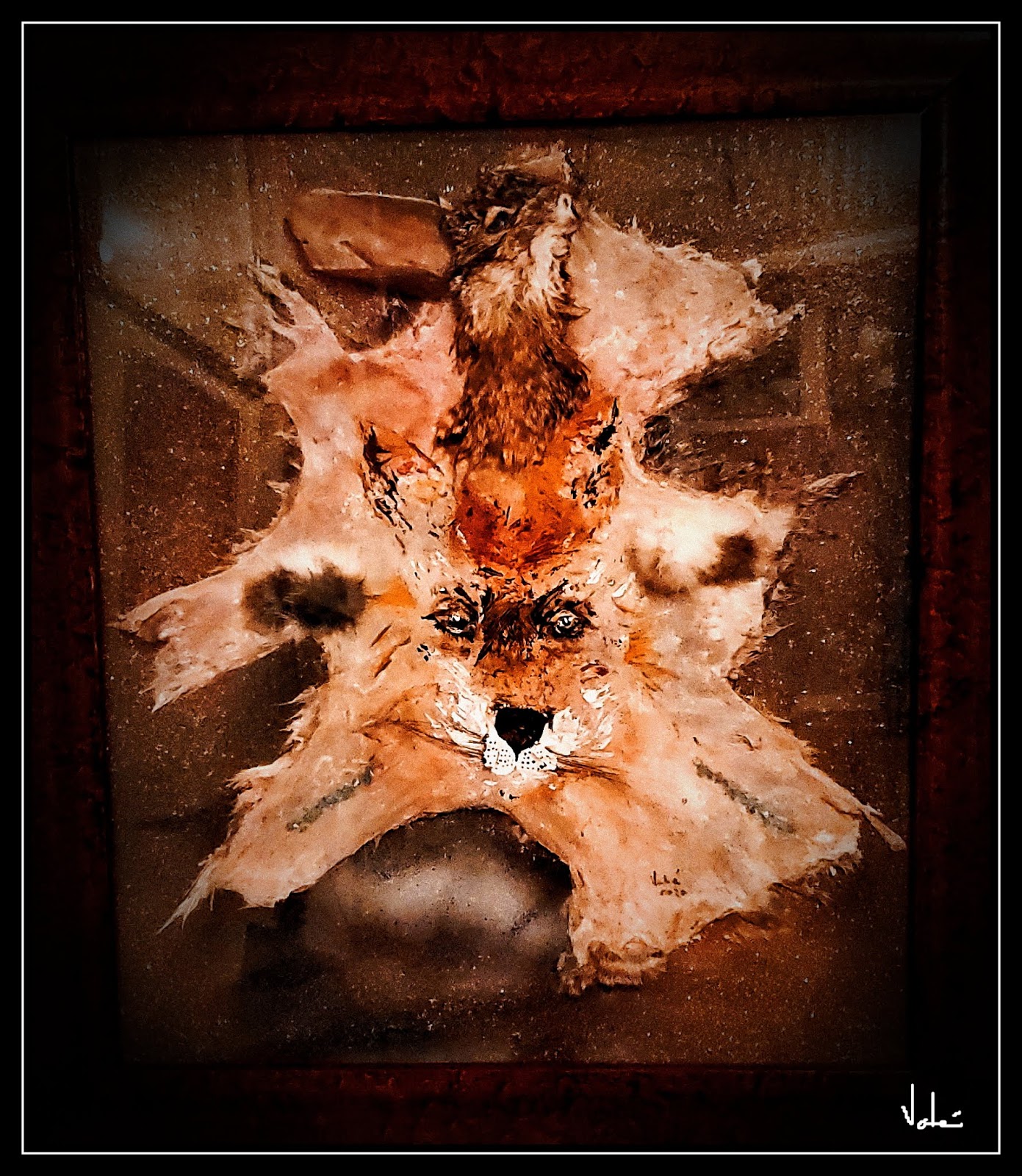Devil’s Claw: the Ultimate Desert Hooker!
I came across a dried Devil’s Claw plant. It is one
of the most interesting flowering plants of the American Southwest, although it
is native of southern Africa.
So, I decided to experiment with it as a sculpture.
Its scientific name is Harpagophytum of the sesame family. In the Southwest, it has been
used as a medicinal plant, for basket weaving by Native Americans, and recently
as herbal supplement. Its root contains iridoid glycosides believed to have
anti-inflammatory capabilities. It is said that historically it has been used
for heartburn, atherosclerosis management and myalgia. Quite a vast spectrum of
attributed benefits!
I found a good site discussing this plant: https://www2.palomar.edu/users/warmstrong/worthypl.htm
Ok, so the plant had a number of the fruit pods
still attached, and 3 others were broken off and nearby. Here is a close up of
the broken pods:
Clearly the strange shape the pod takes after drying
(when the plant is flowering, the pods look like oversized string beans and are
consumed as such) gave them the name of “claws”. In Arizona they are often
called “hookers” since they hook to a hikers shoes and travel to new spots to drop
their seeds. I have seen devil’s claws hooked to wild animals such as deer and
elk, and it is said that sheep farmers in Texas despise this plant as it gets
entangled in sheep’s wool.
Given the shape of the plant and my ability to
restore the broken pods on it, I thought it would make a miniature dried tree
with a base of petrified juniper wood. After all, since it is native of Africa,
it reminded me of the trees in the Kalahari Desert.
Here are the pieces before I put them together:
And the final product, after I added feathers and
the sun-bleached skull of a coyote. In the background is one of my paintings of
a Navajo Medicine Man, which I thought to be relevant given the medicinal use
of the plant by Native American tribes.
March 1, 2020
© Vahé A. Kazandjian, 2020






Comments
Post a Comment